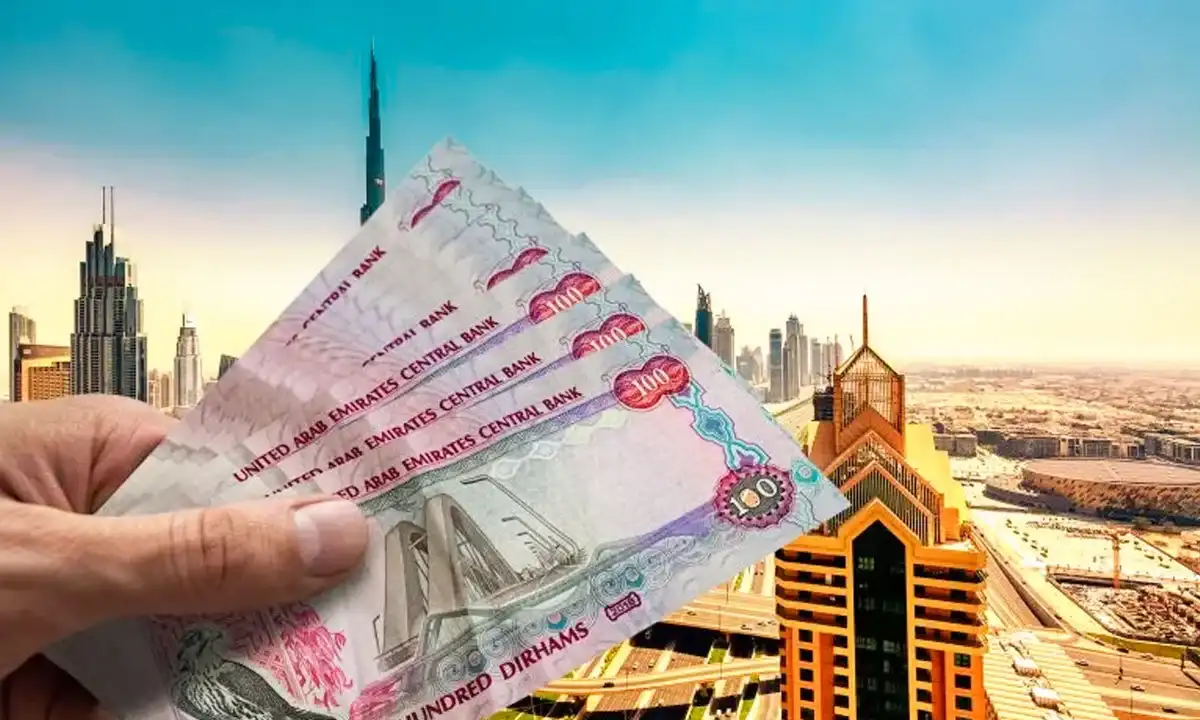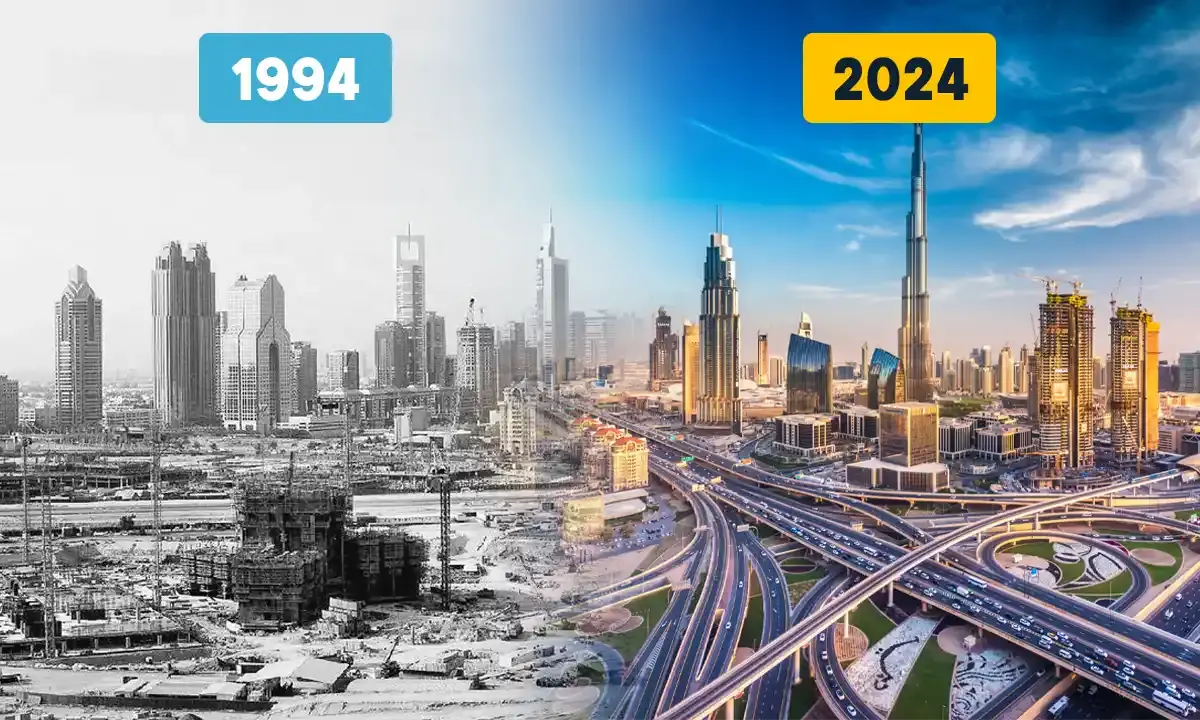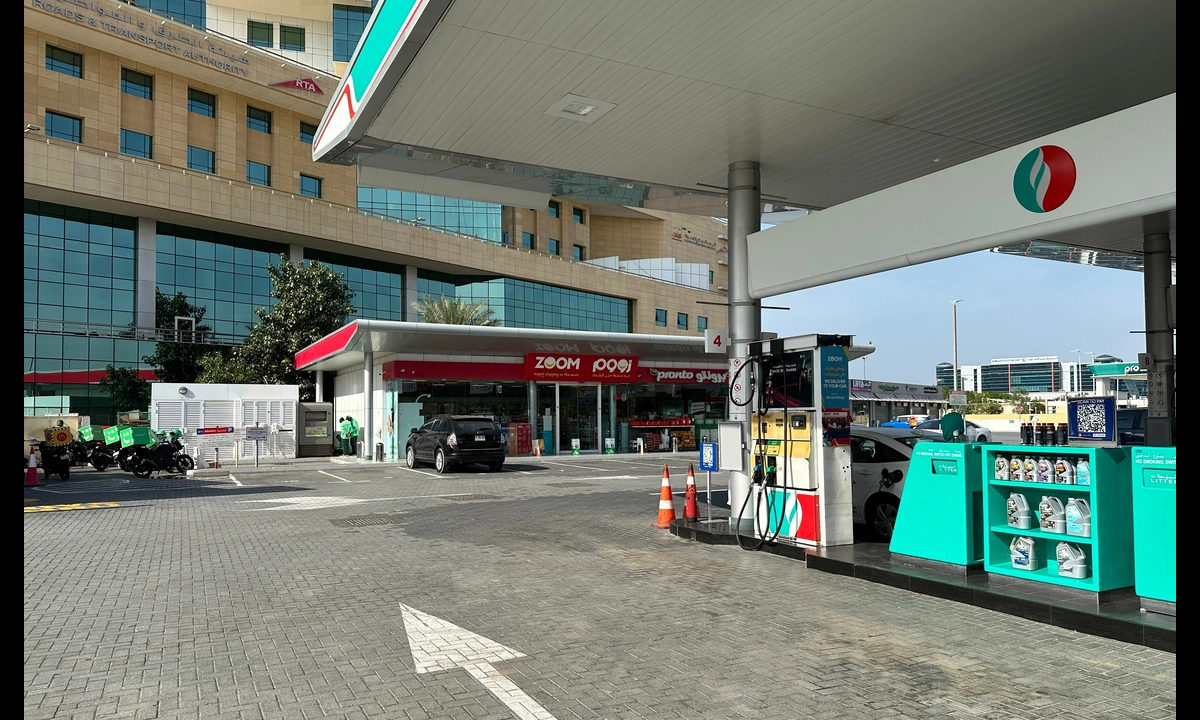Tehran public transport guide for tourists
![]() Author : asal | Date : Wednesday 13 September 2023 15:30
Author : asal | Date : Wednesday 13 September 2023 15:30

Tehran too has other huge cities in the world with means of transportation, including the metro, taxis, and a quick transport framework that can be utilized. In Tehran, thousands of individuals travel every day for commerce and tourism purposes. A few of these individuals can utilize private vehicles, and others go to distinctive parts of the city with Tehran's open transportation, such as quick buses and trams, to save time and cash. Tehran's public transport is one of the best options for getting around this metropolis. Stay with us to know the details of Tehran public transport and get the best experience in Tehran.
Tehran Metro System, the Famous Tehran public transport
The Metro is one of the most fabulous vehicles in Tehran. In Tehran, open transportation, such as metros and buses, is predominant over other modes of transportation, such as taxis. The Tehran Metro system is one of the most secure and fastest ways to travel.
This program connects seven existing metro lines. Lines 2, 3, 4, 6, and 7 are all inner-city, while line 5 from Tehran to Golshahr, Karaj, is radio. Tehran Metro Line 1, with a branch at the end stations towards Imam Khomeini Terminal, is located within the city's core, and after this change in direction, it is radio.
Metro organizations operate from 05:30 to 23:00 GMT every day of the week.
Regardless of the distance traveled, it is much less expensive to use pre-paid tickets. In expansion, seniors may travel on the metro.
Line one: red color, from north to south, that is, Tajrish to Kahrizak, intersection with other lines (Government Gate = Line 4, Imam Khomeini = Line 2)
Line two: deep blue color, from the east of Tehran Pars and Farhangsara schools to the west of Sadeghieh station, intersections (Shemiran Gate = Line 4, Nawab Safavi - Line 6, Imam Khomeini = Line 1)
Line three: pale blue color, from Azadegan to Qaim, intersections (Shahid Beheshti = Line 1, Mahdieh = Line 6, Shahr Theater = Line 4)
Line four: yellow color, from Kolahdouz in the east to Eram Sabz in the west, intersections (Dolat Gate = Line 1, Shemiran and Shadman = Line 2, Shahr Theater = Line 3), the line leading to Mehrabad Airport
Line five: from Golshahr in Alborz province to Sadeghieh, intersections (Eram Sabz = line 4, Sadeghieh = line 2)
Line six: pink color, from Shahada to Ba'ath, intersections (Shahada square = line 4)
Line seven: from Nawab Safavi to station Mahdia, intersections (Nawab Safavi = line 2, Mahdia = line 3)
Mehrabad Airport Metro: To go to Mehrabad in Tehran, you need to get off line 4 at Bimah station and get on the Mehrabad metro line.
Imam Khomeini Airport Metro: To visit this airport, get off at Shahid-Baqershahr station.
As previously stated, the metro is one of the best modes of Tehran public transport. So, let's use the Tehran public transportation system to visit all the perfect places.
The taxi system in Tehran
To be authorized, Tehran must have a "taxi framework." Because there are numerous unlicensed drivers, there is no need to hunt for a taxi queue. Standing in the middle of the street is like hailing a cab! The goal here is to determine which sort of taxi to use. In Iran or Tehran, there are four types of taxis.
On the road, you can take a darbast (private taxi), a regular or shared cab, call a taxi company, or utilize Snap (Uber in Iran).
- Take a "Darbast" or private taxi on the road:
As of now, to get into such a taxi, you'll need to either hold up on the roadside or wave to the driver. Taxis (as a rule, informal taxis) drag up rapidly. Once more, I unequivocally warn against utilizing informal ones. In expansion, numerous drivers are shouting 'darbast' at major intersections and crossing points. Go to them and inquire about their administrations.
Once you discover a yellow or green taxi, demonstrate your goal (enter the address in Persian) and arrange a cost. It is exceptionally important to agree on the ultimate cost of getting into the taxi. Do not be shocked by the amount of activity, the way you drive, and, of course, drivers who utilize small GPS. You can use private cars as Tehran's public transport.
- Take a carry-on or shared taxi on the road:
The most common sort of taxi on the road may be a shared taxi. They have specific beginnings, goals, and courses set by the transportation organization. The foremost imperative portion here is finding the one that best suits your reason. Fundamental squares, as a rule, have huge taxi positions with different destinations.
Go to the taxi rank facilitator or supervisor and tell them your destination. You'll be able to inquire about adjacent individuals or other drivers at the station to assist you in discovering your goal. She at that point gets into the car, holds up for her three other travelers to reach, and takes a taxi. Carry-car admissions are, as a rule, shown on a sticker on the front window of the taxi.
- Hire a taxi company (one of the best Tehran public transport options):
The ideal case scenario for hiring a taxi is often wanting to induce someone to someplace from someone's residence, but it is already late at night or the end of the journey, requiring a dependable means to induce to the airport terminal on time.
The questionable part here is whether you should just have your hotel or a neighboring hotel phone the group to arrange for a cab for you. It usually takes a cab 5-10 minutes to get to the airport. Prices are reasonable and well-established, so it's a good idea to inquire after calling the organization. That's all!
- Using Snapp (the Iranian version of Uber):
The Iranian version of Uber has been in operation since 2014, and it serves the Tehran transportation system well. It's also incredibly inexpensive and, most importantly, simple to use. The Snapp app is available for both iOS and Android. Make a profile (you must have an Iranian SIM card to sign up!). The rest is similar to Uber.
The app is available in English; however, drivers who do not speak English may have difficulties. They will normally contact you ahead of time to check on the exact spot where you will be waiting for the vehicle.
The simplest solution to this problem is to pass your phone to a local who is traveling with you to help the driver. Fortunately for you, the majority of Iranians want to help visitors more than they should! In addition to Tehran, the Snapp is accessible in Esfahan, Shiraz, Tabriz, Mashhad, and many more cities. This is a new Tehran public transport.
Public transportation in Tehran, Tehran’s bus system, or BRT
The rapid transit bus or BRT, is one of the best forms of transportation in Tehran, allowing you to get to any part of the city in the shortest period of time and at a fair cost.
Tehran's high-speed bus system launched in 2006 and today has ten active lines, running from Azadi Square to Tehran-Pars. Below are the names of the BRT lines and stops. The BRT bus runs around the clock, seven days a week, and locals can use it for public transportation in Tehran at any time of day or night.
Driving a rental car or a private car in Tehran
One of the best ways to save time and money is a car rental in Tehran.
Most people assume that automobile rental is exclusively used for the bride's car, however, it should be noted that car rental services may be utilized in a variety of scenarios, including:
- A journey
- Greeting distinguished visitors at the airport
- The thrill of driving a premium automobile
- Organizing ceremonies and seminars
- Before purchasing an automobile, get some driving experience.
- Without having your automobile (you were in an accident, and it is being repaired)
You can use this choice in several settings, according to the information provided above; nevertheless, it is crucial to note that renting a car in and around Tehran is significantly more cost-efficient than acquiring a car. Because:
- The cheap cost of renting as opposed to owning a car
- Automobile rental firms provide a diverse selection of vehicles.
- There is no need to pay depreciation or auto insurance while renting a car.
- Keeping the vehicle in good condition (it will be carefully checked by the car rental company before it is delivered to you)
- Hire a car with a ceremonial driver for special occasions, such as welcoming a distinguished guest.
- Travel independence versus public transportation
So it can be said that today, renting a car is better than Tehran's public transport.
Normal buses in Tehran
There has been a bus service in Tehran since 1927, and about 25% of Tehran residents utilize buses for transit. This poor acceptance is due to low speeds, long waits, irritating movement, and a lack of equipment.
Conclusion
Tehran is one of Iran's busiest cities. To get around Tehran, you can take many types of linear taxis, telephone taxis, and customized taxis.
In addition, the Tehran Metro is open to the public from 5:00 a.m. until 10:30 p.m. Among other modes of transportation in Tehran, we may note the express bus, or BRT, which operates 24 hours a day and allows passengers to go to various regions of the city. Nonetheless, keep in mind that renting a car is the ideal approach for all travelers to make their trip to Tehran.
FAQ
Do people in Tehran use public transportation?
Yes, they do
How do people get around in Tehran?
By subway, taxi, bus, private car, or rented car
Is the Tehran metro good?
It has both security and high speed.




